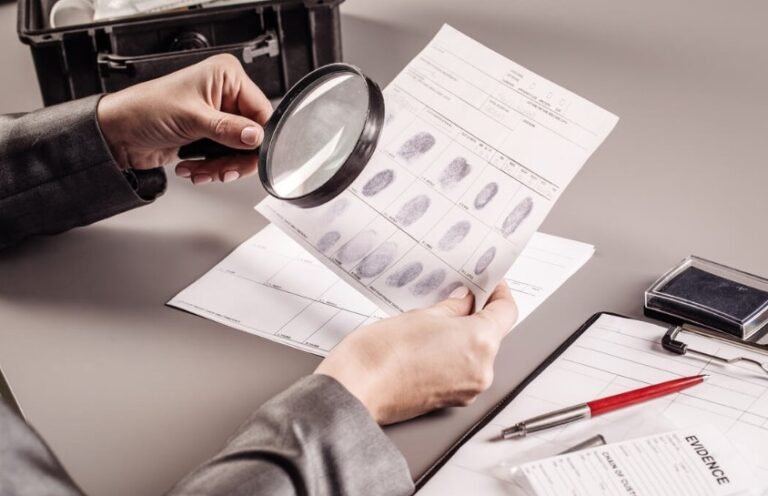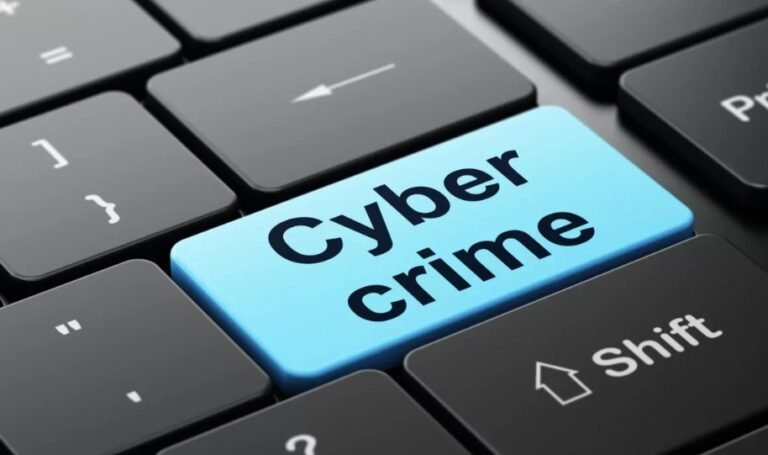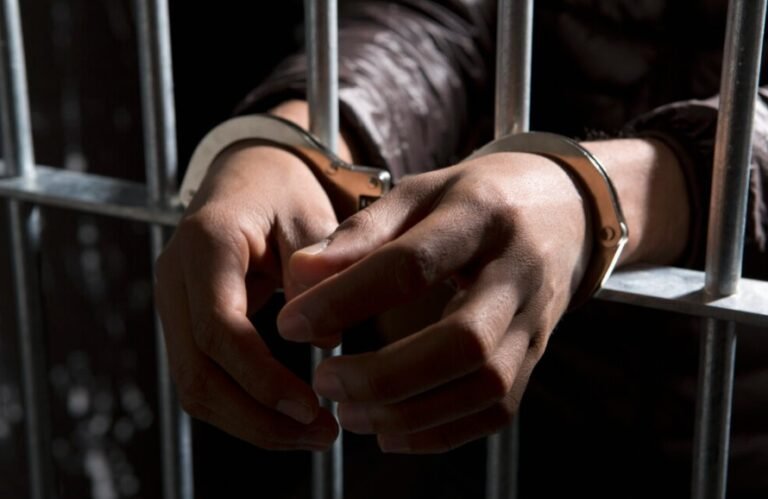Introduction The criminal justice field is vast and diverse, offering a wide range of career paths for individuals interested in...
Sonya Velazquez
1. Introduction When it comes to understanding crime and the criminal justice system, two fields often come up in conversation:...
Introduction The legal system can be complex and overwhelming, especially when it comes to understanding the distinction between criminal and...
Criminal profiling—a technique that blends psychology, investigative experience, and behavioral science—has become a vital tool in solving some of the...
1. Introduction In today's interconnected world, cybercrime has become one of the most pervasive threats to individuals, businesses, and even...
Introduction The debate between rehabilitation and punishment in prison systems has long divided policymakers, scholars, and the general public. At...
Choosing the right university to study criminal justice is one of the most crucial decisions for anyone aspiring to make...
As we move further into 2025, public safety remains a key concern for residents, travelers, and policymakers across the United...
1. Introduction Mandatory sentencing laws have been a significant part of the U.S. criminal justice system for decades, particularly in...
Introduction When it comes to the justice system, age matters—a lot. The legal system in the United States treats juveniles...













